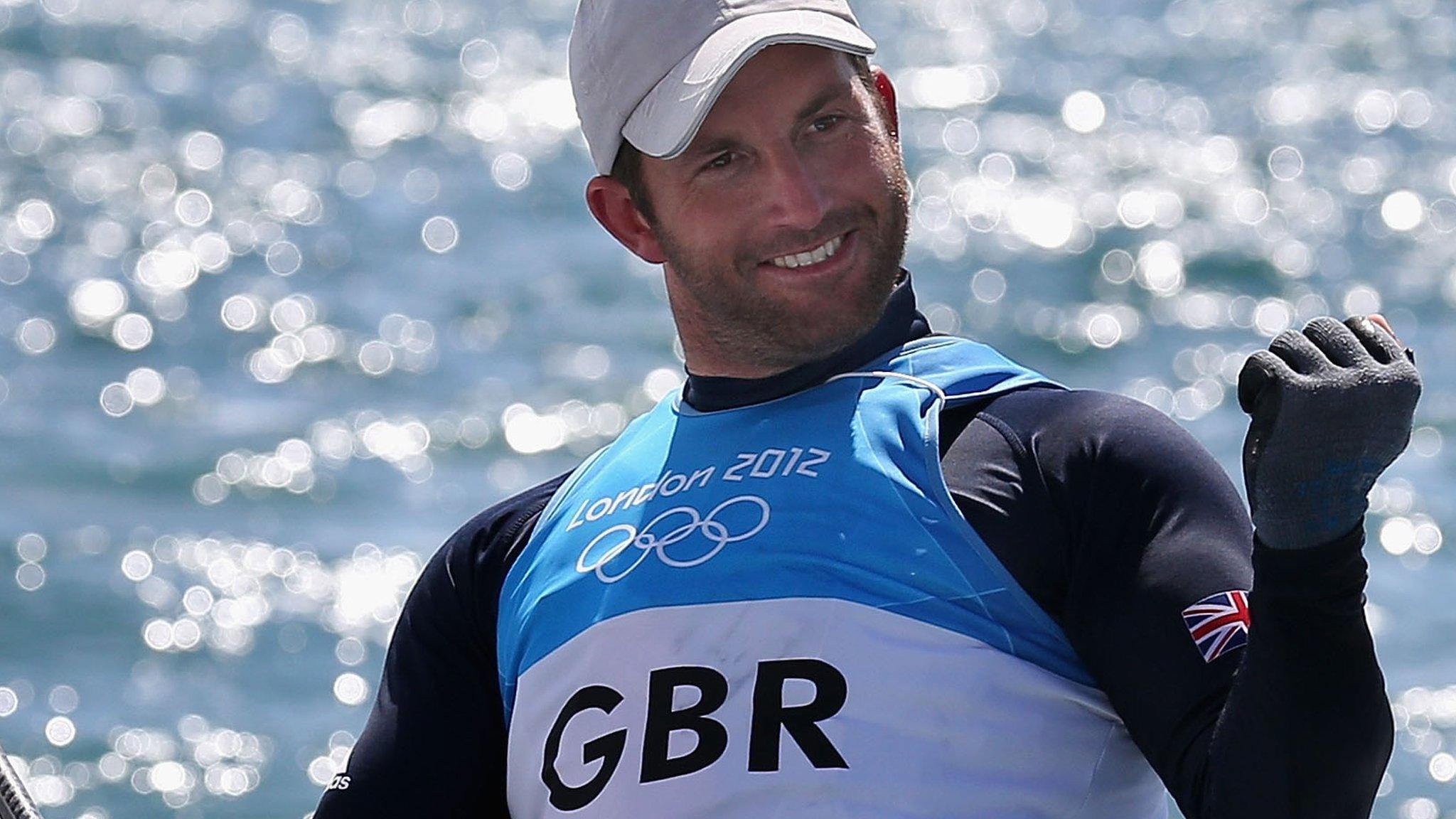America's Cup: Making sailing pay
- Published
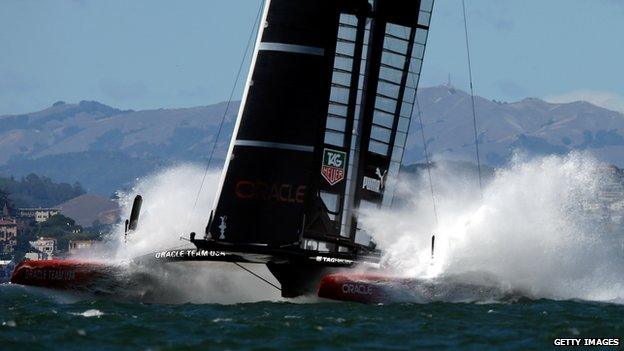
The 2013 America's Cup final was a spectacle that bordered on the unreal.
Boats appeared to fly metres above the water of San Francisco harbour, thanks to hydrofoils which raised hulls out of the water.
Clever computer graphics showed those unfamiliar with racing exactly what was going on.
And in a dramatic final Oracle Team USA overhauled an 8-1 deficit, helped by British Olympian Sir Ben Ainslie.
After that success, Ainslie declared his intention to win the competition with a British team, and has just launched his bid to enter the next America's Cup.
Despite the excitement surrounding the 2013 competition though, the organisers generated little money from TV coverage.
Now Sir Russell Coutts, chief executive of Oracle Team USA, is determined to change that.
He has crafted the set of rules, known as the protocol,, external which will govern the 35th America's Cup that will conclude with the finals in 2017.
He is determined the competition will be a commercial as well as visual success.
"Clearly all the broadcasters last time saw the potential of the America's Cup. We currently have a lot more commercial interest this time, in comparison to last time," he says.
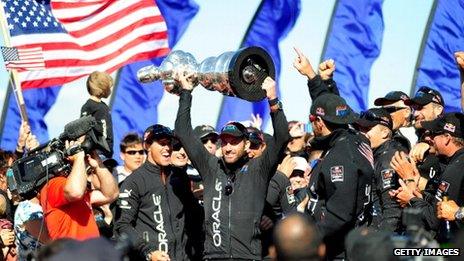
Oracle Team USA won last year's America's Cup in a dramatic final after drafting in Sir Ben Ainslie as tactician
'Crazy' timing
While last year's final was seen as a breakthrough for the event - with racing brought closer to the shore ushering in a new era of TV production, including on-screen graphics to help simplify the sport - the competition has been overhauled again, to make it more attractive to broadcasters and sponsors.
Timing is one important area.
The 2013 final was held in September when US sports fans and advertisers were focused on the beginning of the NFL (American football) season.
Coutts describes that timing as "crazy" and, after talks with broadcasters, decided that June would be a good time to stage the final.
He says the whole event will probably end around the 4 July holiday weekend in the US.
Format
Qualifying races have also been shortened and reorganised.
"In the past we've run a lot of races when they just haven't made commercial sense and so you've got all that cost and you're not really getting a return," he says.
The opening round, which starts next year, will feature a number of teams, to be whittled down to four. These four will then go on to another series of races to decide which one gets to challenge the existing champions, Oracle Team USA.
The format has also been designed to make the racing more affordable for the teams. The boats are smaller, so need fewer crew members, and have been simplified to reduce design and production costs.
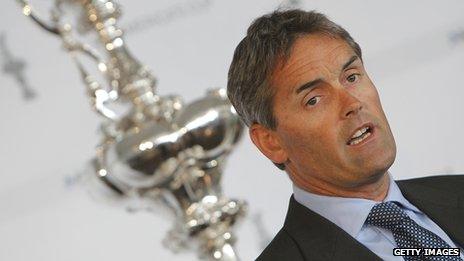
Sir Russell Coutts has come up with a new format for the America's Cup
Quality teams
Broadcasters and sponsors, of course, want excitement.
To deliver that Coutts, who is from New Zealand, is keen to raise the level of the teams entering the next series.
"That was one of the things that didn't go right last time, we didn't have enough strong teams in the competition," he says.
Making the overall cost of entering less expensive is one way of helping teams. But there is also a stiff entry fee this time - under the new rules entrants will have to pay $3m (£1.8m).
The idea is to attract teams that have their finances in place and can afford to race through the entire competition.
"We are not going to have dozens of teams entering. But I think if we get six or more strong teams in the competition - you know, really competitive teams - I think that's going to be really good for the event," Coutts says.
Coutts thinks his team will be very competitive and hopes to attract more entrants of that kind of calibre.
Location, location, location
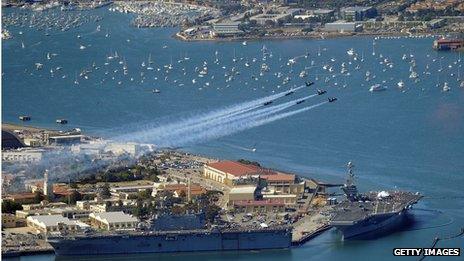
San Diego is on the shortlist of venues for the America's Cup final
There is still a lot to be decided, not least where the final will be held.
San Francisco, San Diego, Chicago and Bermuda have been shortlisted for the finals in 2017.
As well as local enthusiasm for the event, commercial factors will also play an important role in that decision.
Coutts is considering the potential sponsorship and other commercial advantages that local companies can offer.
The time zone is also a consideration.
Being further east, Chicago and particularly Bermuda may be able to offer more attractive racing times for European TV viewers and sponsors.
"All of the cities that are in contention now, I believe they are very, very motivated to try and get this final event," Coutts says.
Wealthy niche
It is too early to say what the rights to broadcast the America's Cup could be worth, but Coutts thinks it will be the most money the competition has ever made from TV.
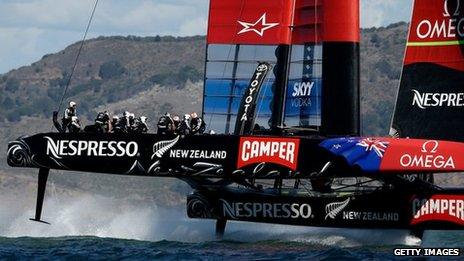
Global brands choose to advertise on the boats
But like golf and tennis, sailing is always going to be seen as a sport for the better off, according to Peter Worth, who has spent a successful career in sports management, at one time managing Bjorn Borg.
"Sailing is an efficient way to reach the top end of the consumer market," he says.
"If you look at the brands on the boats, it's Prada, Emirates, Nespresso - expensive brands.
"Sailing is still a niche sport. But there are an awful lot of wealthy people who want to play in that niche."
- Attribution
- Published10 June 2014
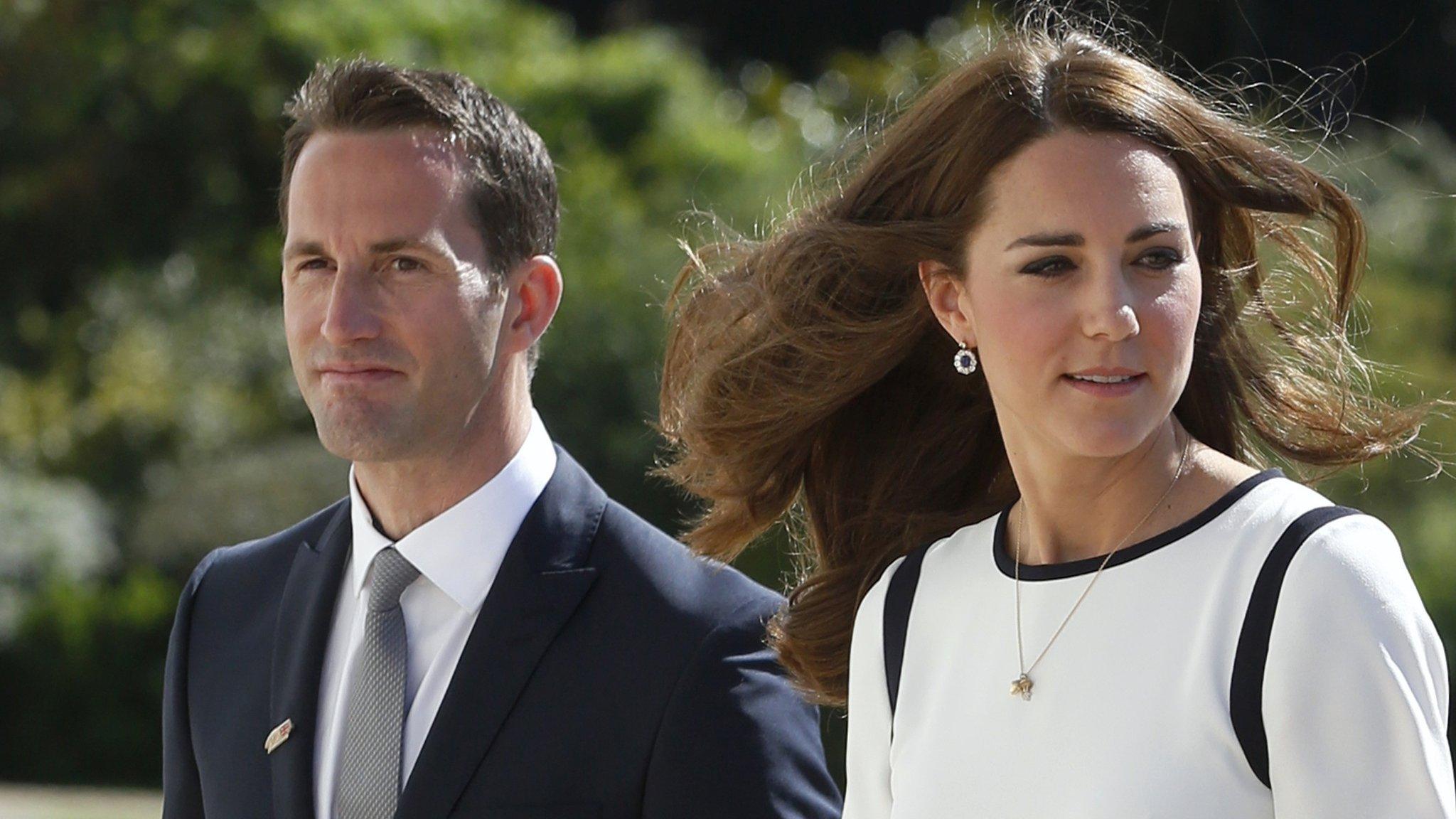
- Attribution
- Published6 June 2014
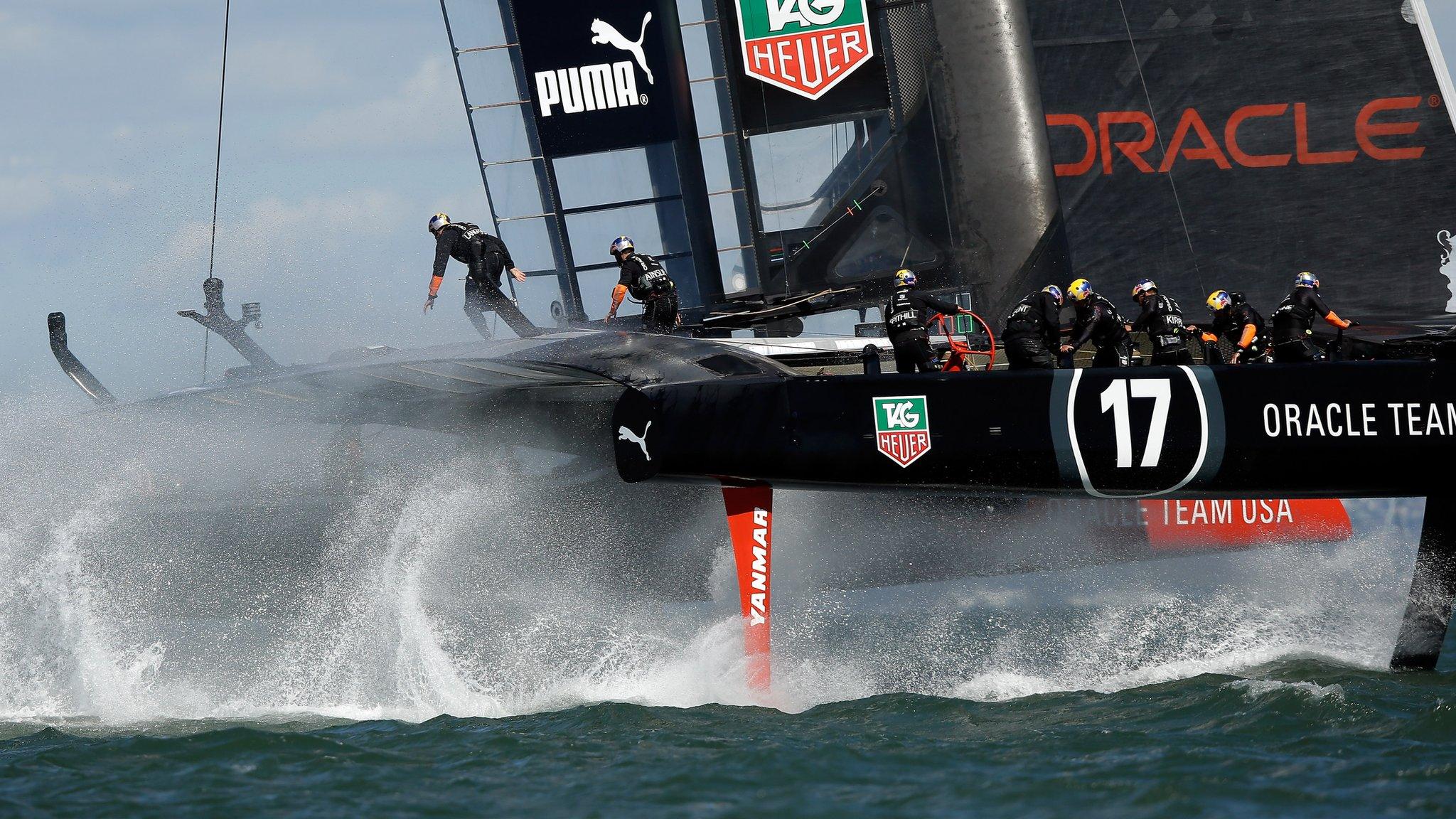
- Attribution
- Published3 June 2014
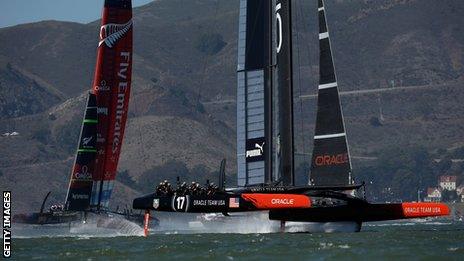
- Attribution
- Published26 September 2013
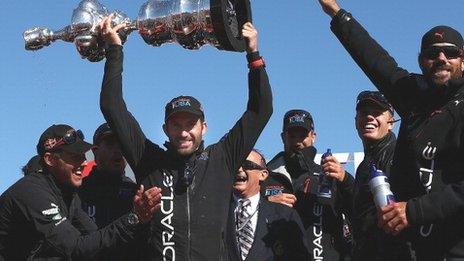
- Attribution
- Published26 September 2013

- Published16 February 2014
